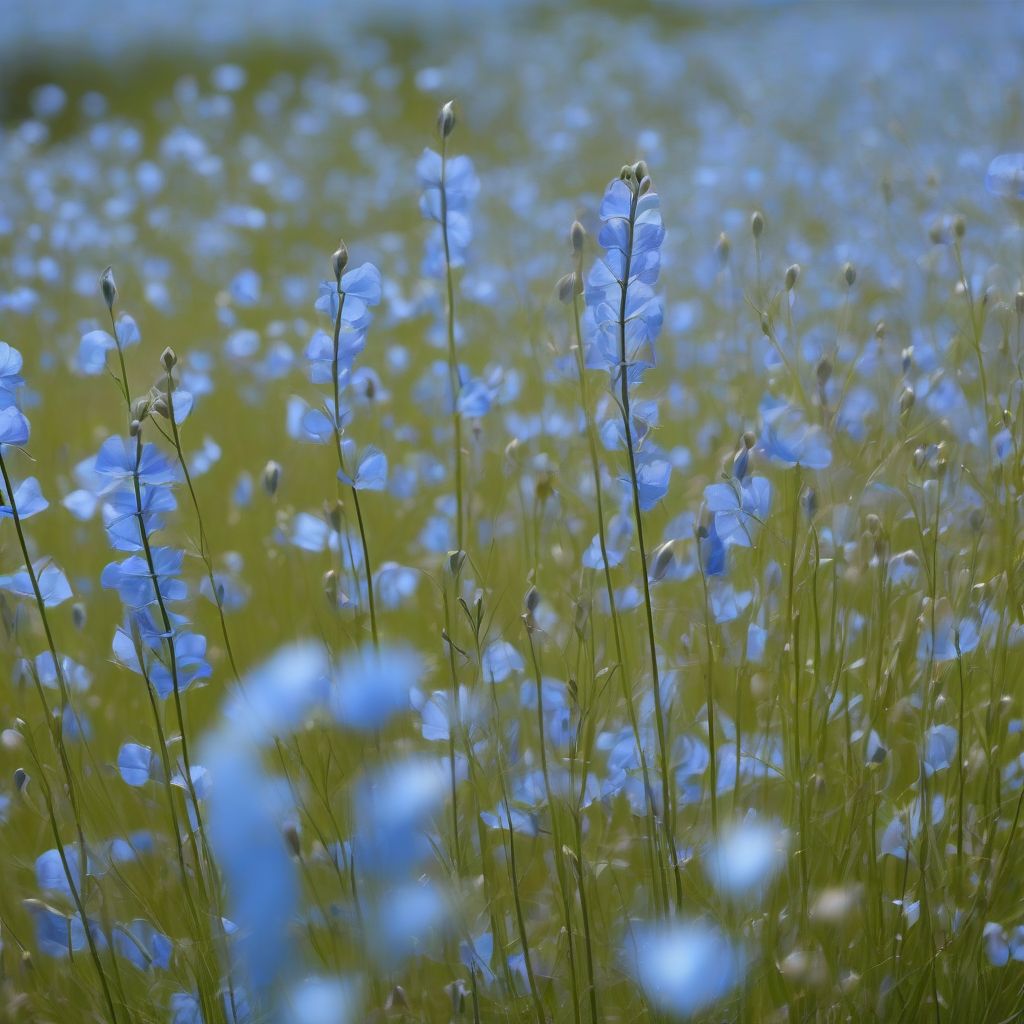As a nutritionist and meal prep coach, I’m passionate about healthy living, and that extends beyond what’s on our plates to the clothes on our backs. Did you know that the fashion industry is a major polluter? It’s true, but we can make a difference! Choosing eco-friendly fabrics for our wardrobes is a powerful step toward a healthier planet and a more sustainable lifestyle.
But with so many fabrics out there, how do you know which ones are genuinely eco-friendly? Don’t worry, it’s not as complicated as it seems. In this guide, we’ll explore the world of sustainable fabrics, breaking down their benefits and helping you make informed choices for a wardrobe that looks good and feels good to wear.
Understanding the Impact of Fabric Choices
Before we dive into specific eco-friendly fabrics, let’s understand why this matters. Conventional fabrics, like cotton and polyester, can have significant environmental and social downsides.
- Water Consumption: Traditional cotton farming requires massive amounts of water, contributing to water scarcity in many regions.
- Pesticide Use: Conventional cotton is one of the most pesticide-intensive crops globally, harming biodiversity and polluting ecosystems.
- Greenhouse Gas Emissions: Synthetic fabrics like polyester are derived from petroleum, a fossil fuel that releases harmful greenhouse gases during production.
- Microplastics: When washed, synthetic fabrics shed tiny plastic fibers called microplastics that end up in our oceans, harming marine life.
The Best Eco-Friendly Fabrics to Look For
Choosing sustainable fabrics is a win-win. You reduce your environmental footprint and support ethical production practices. Here are some top contenders for your eco-friendly wardrobe:
1. Organic Cotton
Organic cotton is grown without harmful pesticides, herbicides, and fertilizers. This makes it a healthier choice for farmers, consumers, and the planet. Look for certifications like GOTS (Global Organic Textile Standard) to ensure your organic cotton meets strict environmental and social criteria.
2. Hemp
Hemp is a powerhouse fabric that’s naturally durable, breathable, and antimicrobial. It grows quickly with minimal water and pesticides, making it an excellent eco-friendly choice. Hemp even improves soil health, preventing erosion and promoting biodiversity.
3. Linen
Linen is a luxurious fabric made from flax plants. It’s known for its breathability, durability, and ability to get softer with every wash. Linen production uses less water and pesticides compared to conventional cotton, and flax plants require fewer fertilizers.
 Flax Plants for Linen Production
Flax Plants for Linen Production
4. Tencel (Lyocell)
Tencel, also known as Lyocell, is a semi-synthetic fabric made from sustainably harvested wood pulp, primarily eucalyptus. It’s produced in a closed-loop system, meaning the solvents used are recycled and reused, minimizing waste and environmental impact. Tencel is known for its softness, breathability, and moisture-wicking properties.
5. Recycled Materials
Choosing clothing made from recycled materials is a fantastic way to reduce textile waste. Look for recycled cotton, recycled polyester (made from plastic bottles), or even innovative fabrics made from recycled fishing nets or other discarded materials.
6. Peace Silk
If you love silk but want a cruelty-free alternative, peace silk is the answer. Also known as Ahimsa silk, it’s made from cocoons where the silkworms are allowed to emerge naturally, unlike conventional silk production, which harms the silkworms.
Tips for Building a More Sustainable Wardrobe
- Choose Quality over Quantity: Invest in high-quality, durable pieces that will last longer, reducing the need to replace them frequently.
- Read Labels Carefully: Look for certifications like GOTS, OEKO-TEX, and Fair Trade Certified to ensure your clothes meet ethical and sustainable standards.
- Shop Secondhand: Explore thrift stores, consignment shops, and online platforms for pre-loved clothing and give them a new life.
- Care for Your Clothes: Proper washing and care can extend the lifespan of your clothes. Wash in cold water, air dry whenever possible, and repair minor damages to keep them wearable for longer.
Conclusion
Making conscious choices about the fabrics in our wardrobes is a simple yet powerful way to embrace sustainability. By opting for eco-friendly materials, we can reduce our environmental footprint, support ethical practices, and create a more fashionable future for ourselves and generations to come. Remember, every small change makes a difference!
Ready to start building your eco-friendly wardrobe? Explore our articles on how to care for and extend the life of your clothing and the best sustainable fabrics for ethical fashion for even more tips and inspiration. Let’s make sustainable style the new norm!
[amazon bestseller=”sustainable fashion”]
